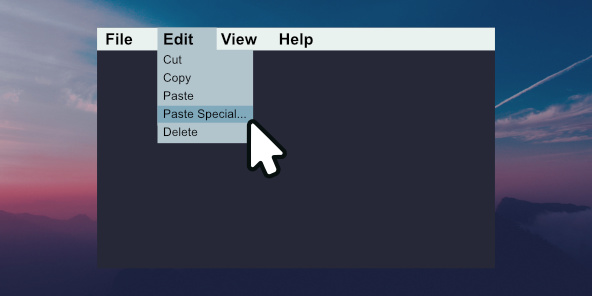PlanetPython
4w
13

Image Credit: PlanetPython
Python GUIs: PyQt6 Toolbars & Menus ��� QAction ��� Defining toolbars, menus, and keyboard shortcuts with QAction
- Python GUIs: PyQt6 Toolbars & Menus QAction Defining toolbars, menus, and keyboard shortcuts with QAction.
- Toolbars in PyQt6 can be created using the QToolBar class on QMainWindow, allowing for easy access to common tasks within an application.
- Using QAction, one can streamline the creation of UI elements by defining multiple interface elements within a single object.
- A QAction can be used to create buttons in toolbars and menus, providing flexibility for defining triggered actions along with labels, icons, and signals.
- Adding a toolbar involves creating a QToolBar instance, setting its name, and adding it to the QMainWindow.
- By making QAction objects toggleable, one can create buttons that switch between checked and unchecked states.
- Menus, a common part of UIs, can be added using menuBar() on QMainWindow and populated with actions using addAction().
- Submenus can be easily created by adding another menu within an existing menu, allowing for hierarchical tree structures.
- Keyboard shortcuts can be assigned to QActions by setting key sequences, providing users with fast access to menu items.
- Overall, PyQt6 offers a robust system for defining toolbars, menus, and keyboard shortcuts, enhancing the user experience of applications.
Read Full Article
Like
For uninterrupted reading, download the app